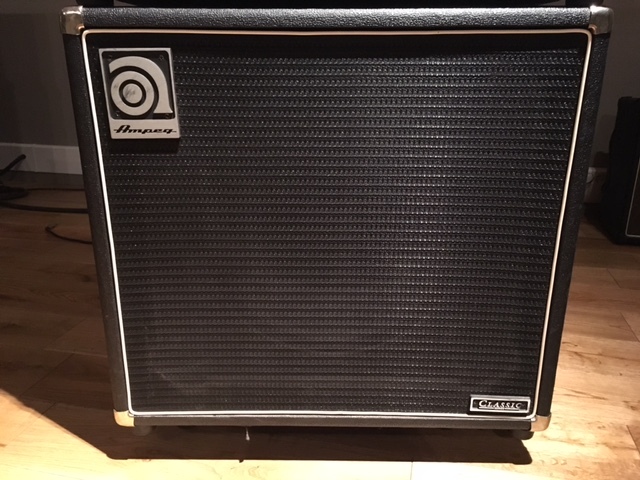
Ampeg Svt 15t Manual Transfer
вторник 14 апреля
The B-15N survived until around 1980, when Ampeg decided to concentrate its efforts on the highly popular SVT and V-4B until the B-15 was resurrected as the B-15N in 1986, the B-15T (a solid-state, 100W variant) in 1988, and the B-15R (all-tube, 100W variant) in 1997. Xbox 360 roms.
to (matthewgorman).Q: 'In the Send To drop down menu, select the MIDI interface output from which Studio One Artist will send MIDI data to your keyboard. If your keyboard controller does not need to receive MIDI data from Studio One (say, for moving motorized faders and the like), you can leave this unselected. If your keyboard does need to receive MIDI date, you must connect a MIDI cable from the MIDI output of the MIDI breakout cable to the MIDI input of the keyboard.'
Clarification: This setup here is only for users who have an external MIDI hardware sound device (i.e. an older Sequential Circuits Prophet 600 analog synthesizer, an older Yamaha DX-7 digital synthesizer, an older Roland TR-808 drum machine, an older Akai S900 12-bit digital sampler) where the musician has internal sounds unique to *those* devices that they wish to be 'triggered' by recorded MIDI note events that are saved within Studio One's sequencer tracks (or any other DAW that has MIDI note-recording capabilities).
I suspect that your desire is to use your Casio Privia PX-110 as an external MIDI keyboard controller, to 'trigger' the software sound devices within Studio One and record your physical performance of note events (along with sustain, velocity and whatever other MIDI events your Casio is capable of sending). The important point here is to understand that your Casio is *sending* MIDI events OUT of itself into the AudioBox USB's MIDI Input port. At this point of the equation, the AudioBox USB will transfer these MIDI events (virtually) into Studio One. Once configured properly for 'MIDI Input', Studio One can take that data and trigger whichever active MIDI Instrument you have created.
A: If what I just described above is correct, then the answer is 'no' you do not need a 2nd MIDI cable. Just one (which will connect from the MIDI Out on your Casio keyboard to the MIDI In on the AudioBox USB).
Here's a KB Document that we've created that might be helpful: http://support.presonus.com/entries/21728493-how-do-i-set-up-my-midi-device-in-studio-one
Q: So then I don't know what to do on the following section- Configuring Audio I/O.
A: Is your AudioBox USB device setup in the Studio One Preferences as the active audio device?
Here's a 'Setting Up Your Devices' Video that might be helpful to you: http://support.presonus.com/entries/119660-studio-one-setting-up-your-devices
I hope these suggestions help clarify things for you. If you still are encountering issues after going through the information provided in the links above, please be specific in your response as to 'when' and 'where' you're experiencing the roadblock. Thanks for using Studio One!
This message was edited 2 times. Last update was at 01/08/2012 19:11:57